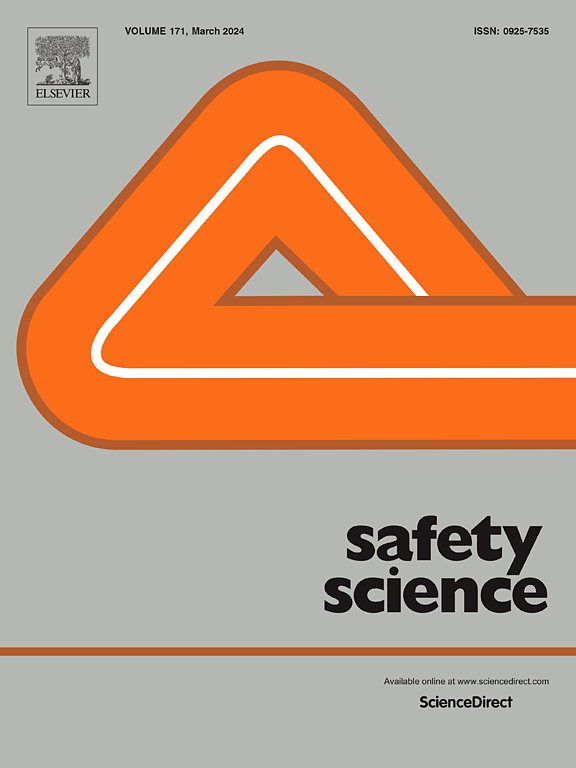Organising AI for safety: Identifying structural vulnerabilities to guide the design of AI-enhanced socio-technical systems
IF 4.7
1区 工程技术
Q1 ENGINEERING, INDUSTRIAL
引用次数: 0
Abstract
Artificial intelligence is increasingly being integrated into socio-technical systems. Existing design principles for ethical, safe and trustworthy AI tend to be highly abstract and focus on AI systems in isolation. They have rarely considered the adverse effects on safety that may emerge from interactions between AI and other technical components. Organisational theories of safety take such emergent outcomes of interactions between entities in socio-technical systems into account. They offer guidance on how to identify structural vulnerabilities in socio-technical systems enhanced by AI, and how to organise the design and operation of such systems for safety. In this paper, which is the result of a collaboration between sociologists and computer scientists (AI consultants), we conduct an analysis that can support the process of designing AI-enhanced autonomous systems in order to avoid structural vulnerabilities. It builds on organisational theories of safety and derives five key descriptors from them, the examination of which can guide the design of AI-enhanced systems. We demonstrate the utility of the descriptors by applying them to proposals for AI-enhanced critical functions in advanced microgrids. We discuss these proposals from the research literature on microgrids and review their effects on structural vulnerabilities. We then explore the implications that go beyond the example of advanced microgrids and propose steps for reviewing and reflecting on structural vulnerabilities that AI controllers may introduce into socio-technical systems.
求助全文
约1分钟内获得全文
求助全文
来源期刊

Safety Science
管理科学-工程:工业
CiteScore
13.00
自引率
9.80%
发文量
335
审稿时长
53 days
期刊介绍:
Safety Science is multidisciplinary. Its contributors and its audience range from social scientists to engineers. The journal covers the physics and engineering of safety; its social, policy and organizational aspects; the assessment, management and communication of risks; the effectiveness of control and management techniques for safety; standardization, legislation, inspection, insurance, costing aspects, human behavior and safety and the like. Papers addressing the interfaces between technology, people and organizations are especially welcome.
 求助内容:
求助内容: 应助结果提醒方式:
应助结果提醒方式:


